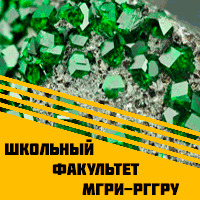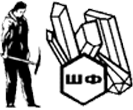Добрый день, Коллеги. Важное сообщение, просьба принять участие. Музей Ферсмана ищет помощь для реставрационных работ в помещении. Подробности по ссылке
Biomarkers for geologists - a practical guide to the application of steranes and triterpanes in petroleum geology / Биомаркеры для геологов — Практическое руководство по применению стеранов и тритерпанов в нефтяной геологии
The basic structural building block of the biomarkers is the isoprene unit (Figure 1A). The end closer to the methyl branch is called the "head/' and the other end is the "tail." Compounds formed biosynthetically from isoprene units are called "isoprenoids." Two isoprene units joined head-to-tail (with minor modifications, such as hydrogenation of double bonds) form a monoterpane (Figure IB). Two monoterpanes (four isoprene units) linked together form a diterpane, whereas six isoprene units can be joined either to form a sterane or a triterpane, depending upon how the linking is accomplished.
Steranes usually contain four rings, the D-ring of which always contains five carbon atoms (Figure 2A). Triterpanes contain three to six rings (Figure 2B), with five-ring species being most common. The E-ring usually contains five carbon atoms, as in hopane in Figure 2B, but compounds having six carbon atoms in the E-ring are also known (e.g., gammacerane in Figure 2B). During early diagenesis it appears that one or more of the rings in steranes and triterpanes sometimes can be opened by bacterial (?) activity (Peakman et al., 1986). Figure 2B shows de-A-lupane, a tetracyclic triterpane with the A-ring destroyed.
The precise number of carbon atoms in a given cyclic biomarker varies considerably as a result of differences in source material, effects of diagenesis and thermal maturity, and biodegradation. Thus names like "triterpane" tell us only that there are approximately 30 carbon atoms (3x10) in the compound. Furthermore, the ring structures themselves usually do not account for all the carbon atoms. For example, a four-ring sterane contains only 17 carbon atoms in the ring structure; the remaining 10 to 13 carbon atoms occur in various groups or side chains attached to the
ring structure (Figure 2A) <...>




